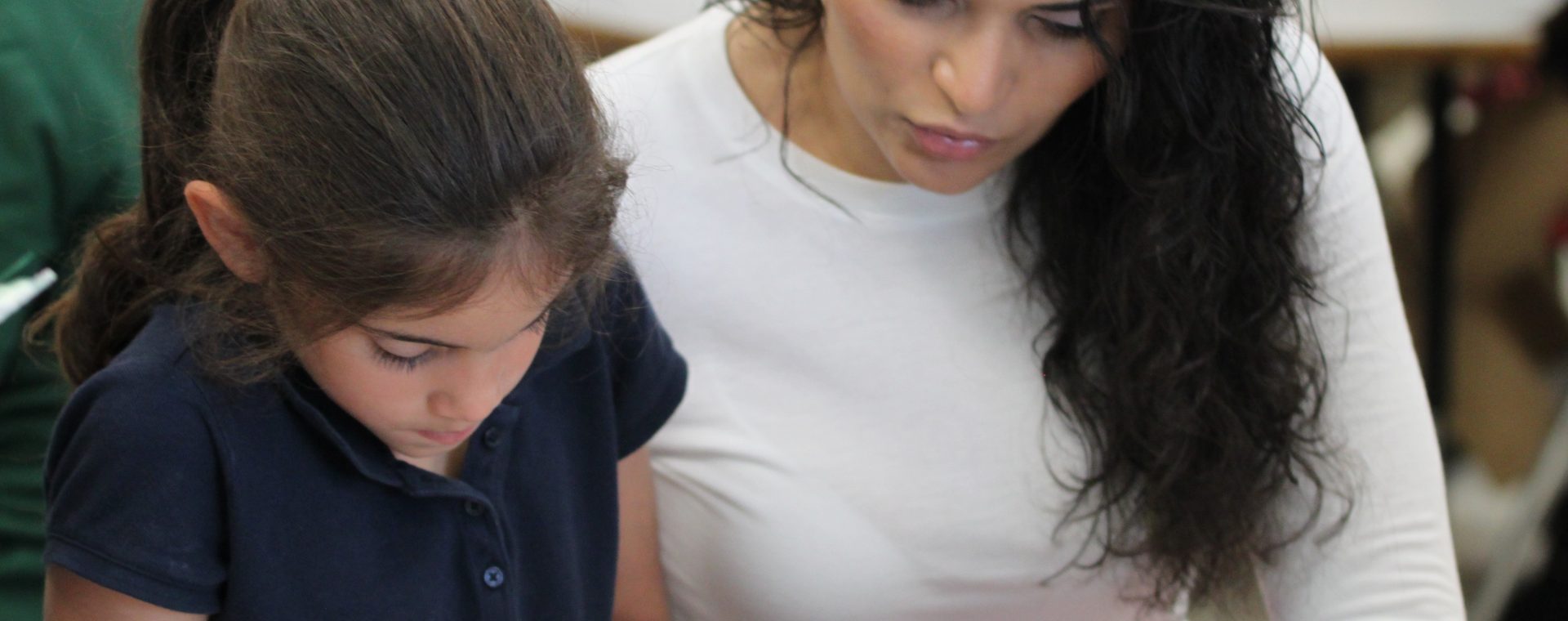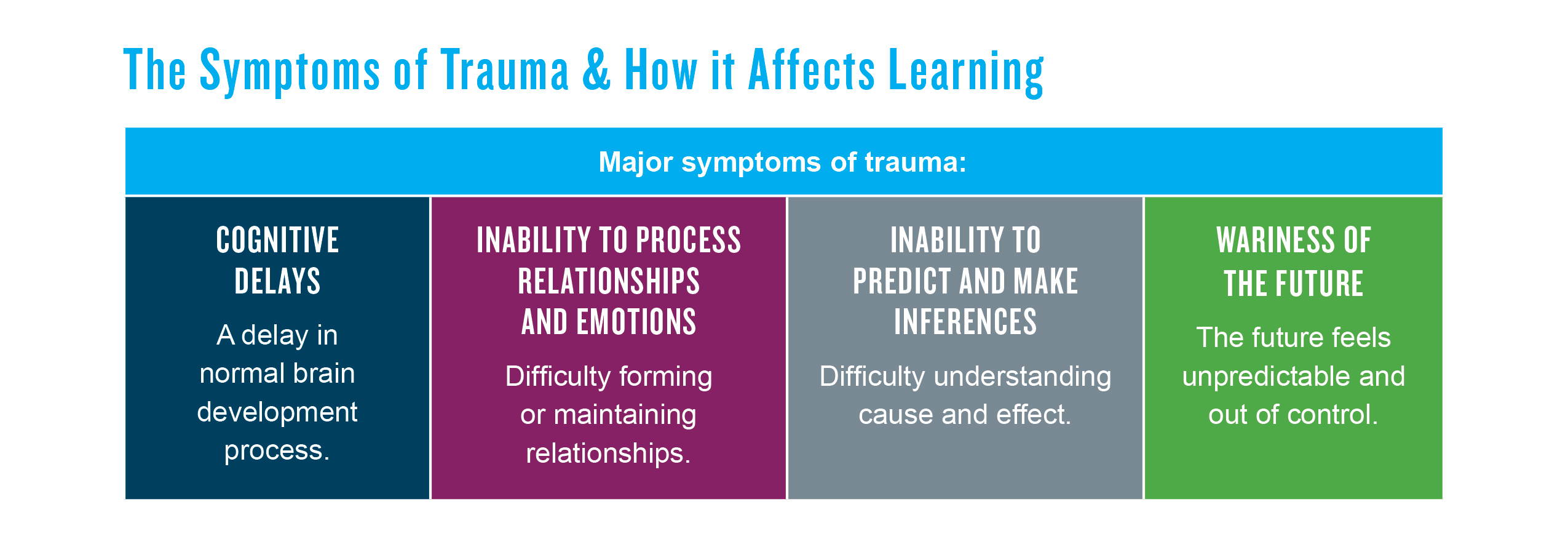
“Many of the children I work with are homeless or come from broken homes. Most live in a part of town with a high poverty and crime rate.”
“The children in my class come from all over the world, from Nigeria to Venezuela. Some of my students struggle with basic needs, like where their next meal will come from. Their parents work long hours.”
“Where I teach, students come in daily having faced issues I could never fathom myself.”
These heartbreaking statements are from teachers at schools in low-income communities in the United States, but their message could be from almost anywhere in the world.
The stress of poverty has long found its way inside classrooms and programs, but today, those stresses are putting an even heavier burden on our children – and their educators. Refugee experiences, domestic abuse, community violence, food and home insecurity, crime, natural and man-made disasters, and political unrest are impacting millions of children around the world each and every day.

Here at First Book, we established a research arm to better understand the issues uniquely faced by children in need.
In a 2019 Education Barriers Survey by First Book Research & Insights (R&I),
- 62 percent of educators (n = 2,817) stated that trauma/extreme stress is one of the most common barriers that kids face
- 87 percent (n = 2,500) said they felt they could have a greater influence on children experiencing trauma/extreme stress if they had the right resources/support to do so.
This research further clarified the needs we have been seeing across our network, which includes more than 450,000 educators serving children in under-resourced communities. To address the profound impact that trauma has on children and their education, we developed a Trauma Toolkit.
First, we asked educators working with children in poverty what questions they had and what situations they faced with trauma-impacted children. Next, we used leading research findings to identify and integrate concrete strategies and actions that educators can take to support students experiencing trauma. Here are some of those findings:
Trauma is pervasive. In the U.S. alone, studies estimate that between 3.3 million and 10 million children witness violence in their own homes each year.
Trauma changes our children in very real ways. The effects of trauma range from diminished concentration and memory, inappropriate/disruptive behavior, and decreased organizational and language abilities, to depression, anxiety, and self-destructive or even suicidal behavior.
By adopting a trauma-informed response, educators are better equipped to understand and support children who’ve experienced trauma. Children who’ve experienced trauma can be aggressive, isolate themselves – or engage in profoundly negative behavior. Adults who don’t understand trauma may react in ways that exacerbate the behavior or confirm a student’s worst thoughts about themselves (‘I’m not lovable, worthy, good, smart,’ etc.). This causes the cycle to continue, or worse, to escalate. In a trauma-informed approach, adults recognize the student’s behavior as a symptom of trauma. This allows educators to see the student’s behavior through a different lens and react in ways that help the student learn coping behaviors and de-escalate their response to trigger events.
Experts have identified four elements that children experiencing trauma need – and how educators can help:
- Educators can provide an environment where children feel safe and protected.
- Caring adults/positive relationships. Teachers play a critical role by being a dependable, loving and trustworthy adult in the child’s life.
- A feeling of accomplishment and/or success. While all children need this, it’s especially important to create opportunities for children experiencing trauma to develop a sense of accomplishment to build their self-esteem.
- Choices/options in daily tasks. This includes assignments that give children the opportunity to exercise some control over their lives, building a sense of empowerment that’s critical for children feeling powerless due to traumatic circumstances.
Educators are also finding that books, including sample titles organized by age-range in the toolkit, can be a valuable resource. Educators are using the books as a safe way to initiate dialogue with individual students and classmates on traumatic experiences and the emotions surrounding them.
Trauma is just one of the issues facing our children and educators. As we work towards Sustainable Development Goal #4, to achieve Quality Education for all students, it’s critical that we consistently gather data from educators on the frontlines regarding what their students are facing. And then we need to act on that data, delivering high-quality resources at no or low cost – as quickly as possible. If we are going to move the needle to achieve a measurable impact on SDG#4 by 2030, these are the types of resources that educators desperately need.


